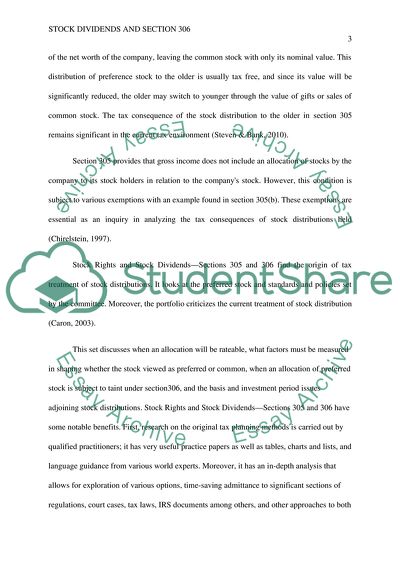Cite this document
(Stock dividends and section 306 stock under the US IRS TAX CODE Essay, n.d.)
Stock dividends and section 306 stock under the US IRS TAX CODE Essay. https://studentshare.org/finance-accounting/1776193-stock-dividends-and-section-306-stock-under-the-us-irs-tax-code
Stock dividends and section 306 stock under the US IRS TAX CODE Essay. https://studentshare.org/finance-accounting/1776193-stock-dividends-and-section-306-stock-under-the-us-irs-tax-code
(Stock Dividends and Section 306 Stock under the US IRS TAX CODE Essay)
Stock Dividends and Section 306 Stock under the US IRS TAX CODE Essay. https://studentshare.org/finance-accounting/1776193-stock-dividends-and-section-306-stock-under-the-us-irs-tax-code.
Stock Dividends and Section 306 Stock under the US IRS TAX CODE Essay. https://studentshare.org/finance-accounting/1776193-stock-dividends-and-section-306-stock-under-the-us-irs-tax-code.
“Stock Dividends and Section 306 Stock under the US IRS TAX CODE Essay”. https://studentshare.org/finance-accounting/1776193-stock-dividends-and-section-306-stock-under-the-us-irs-tax-code.


